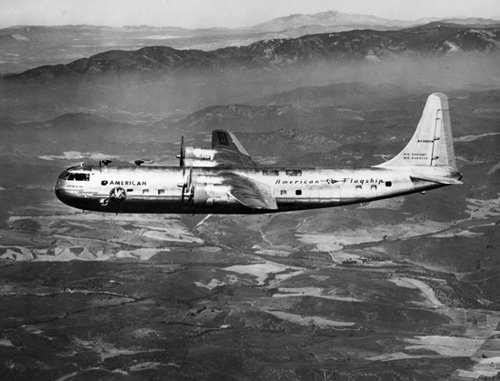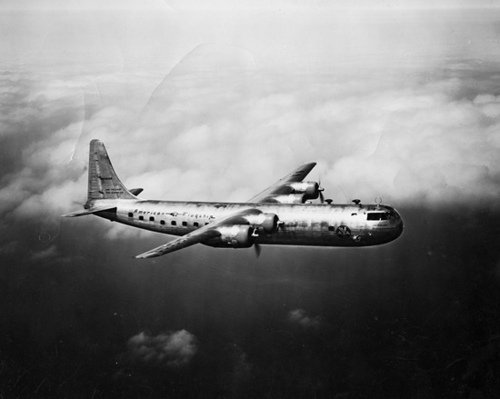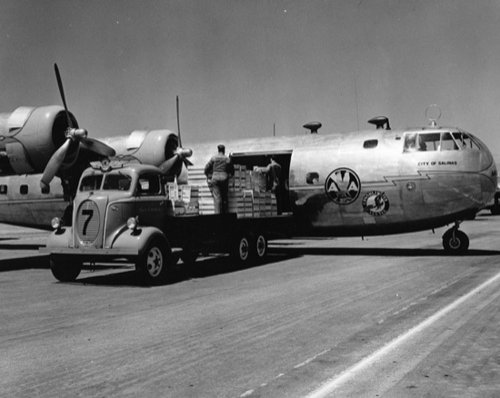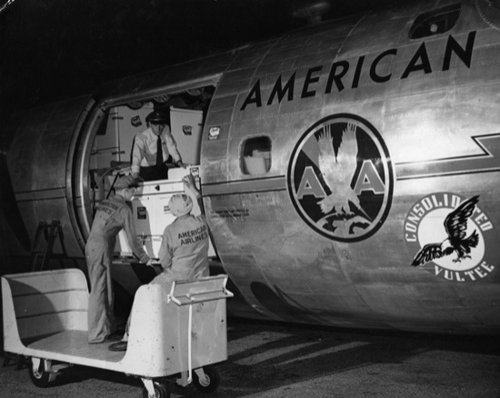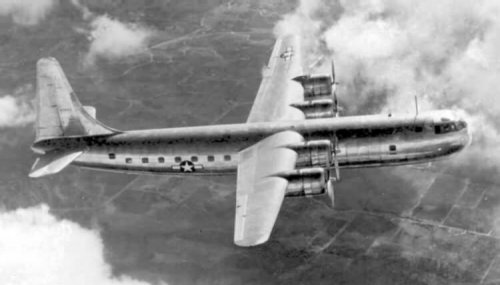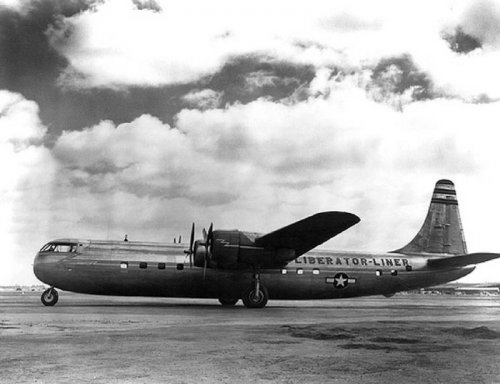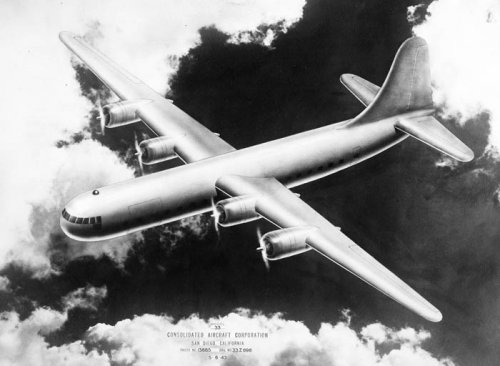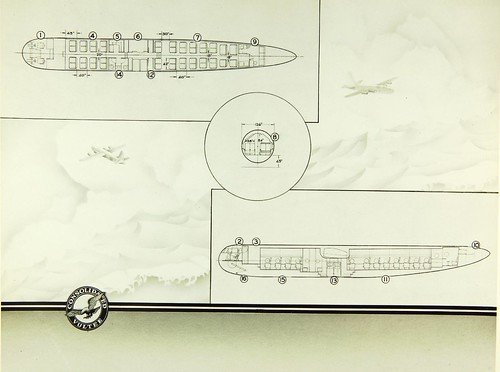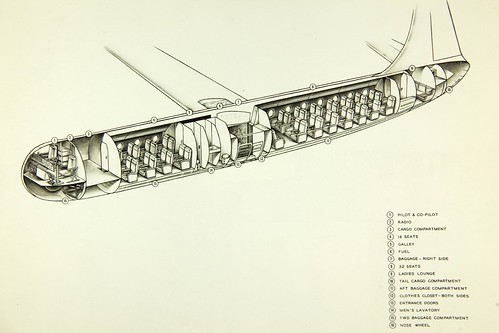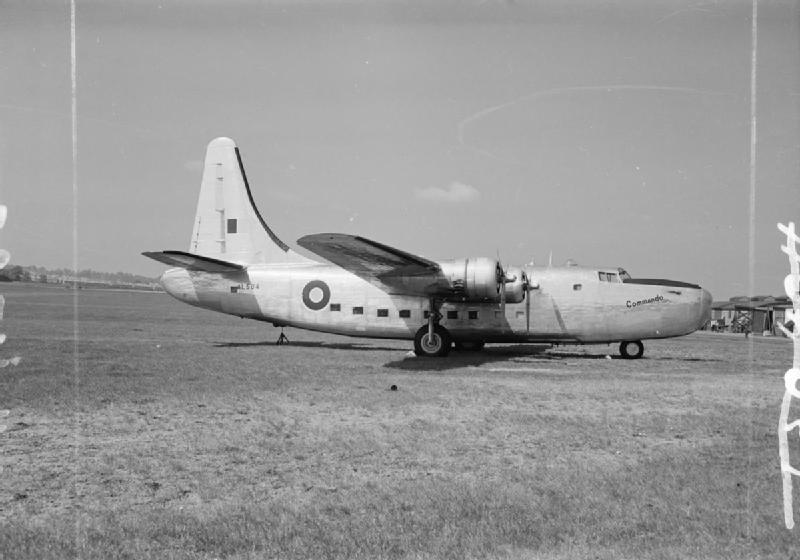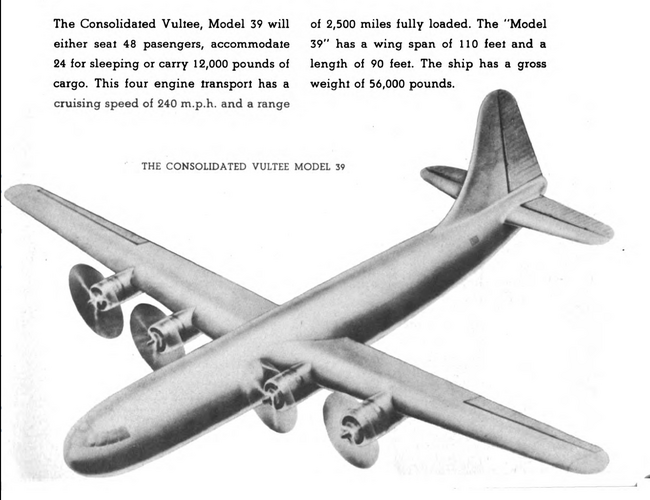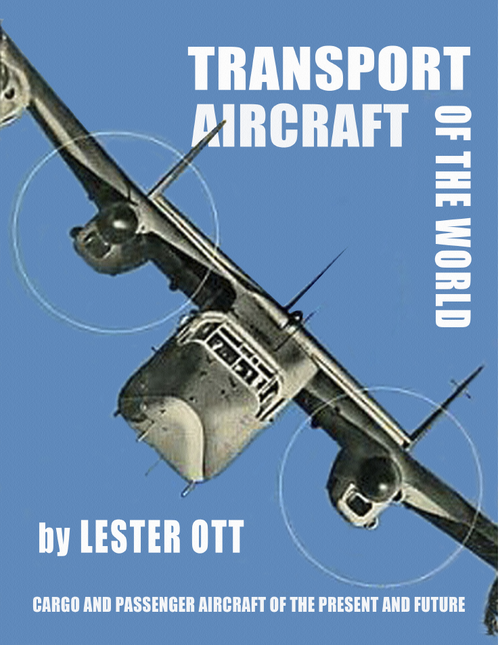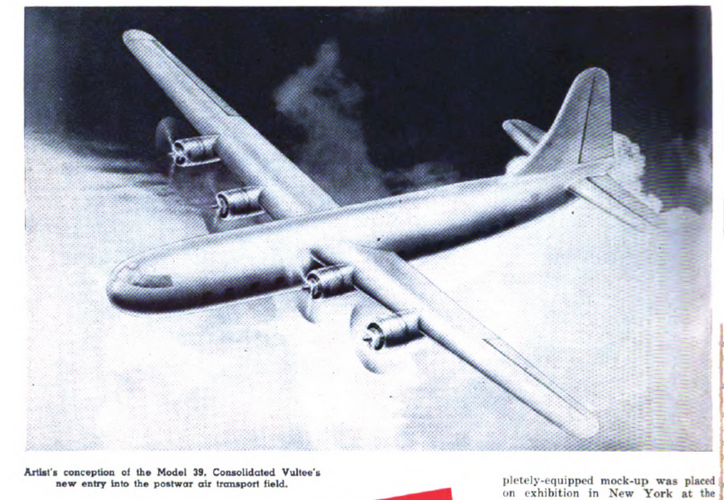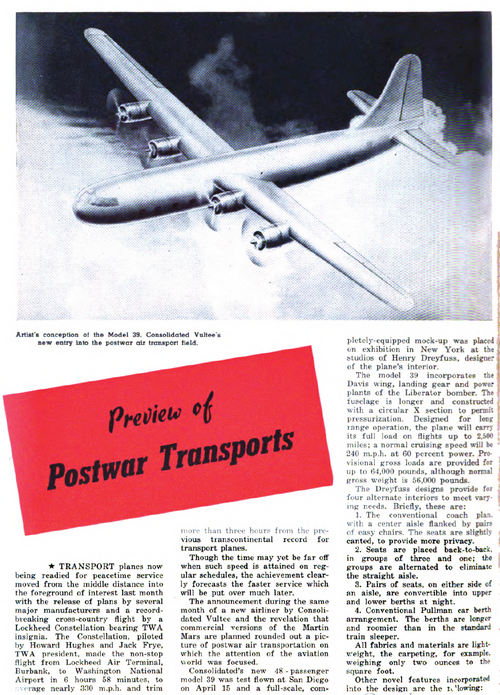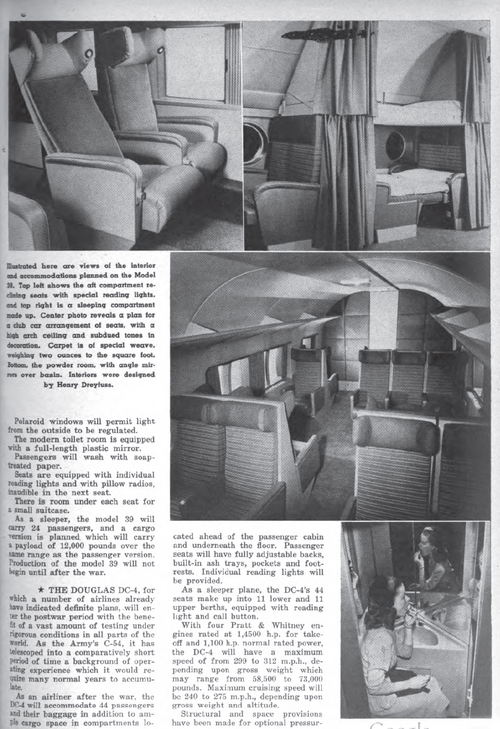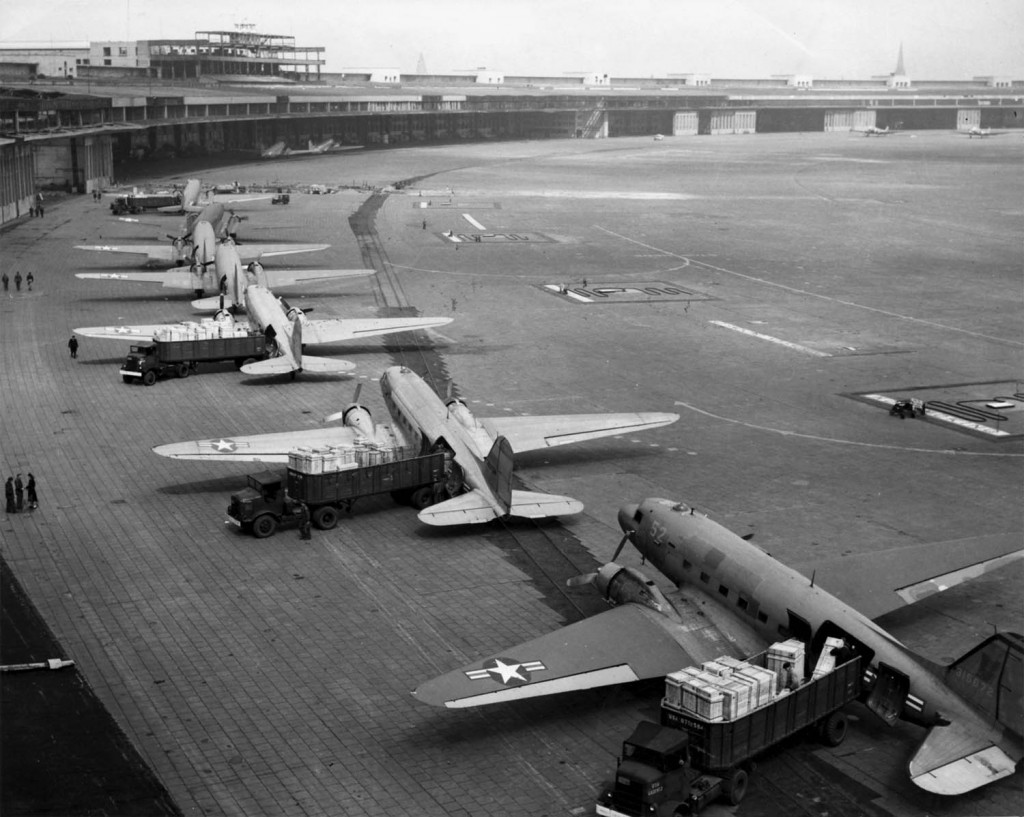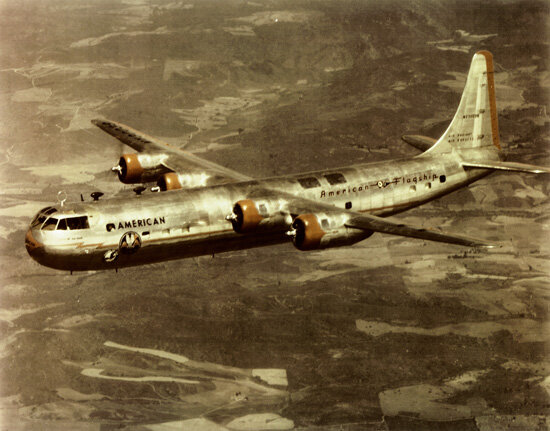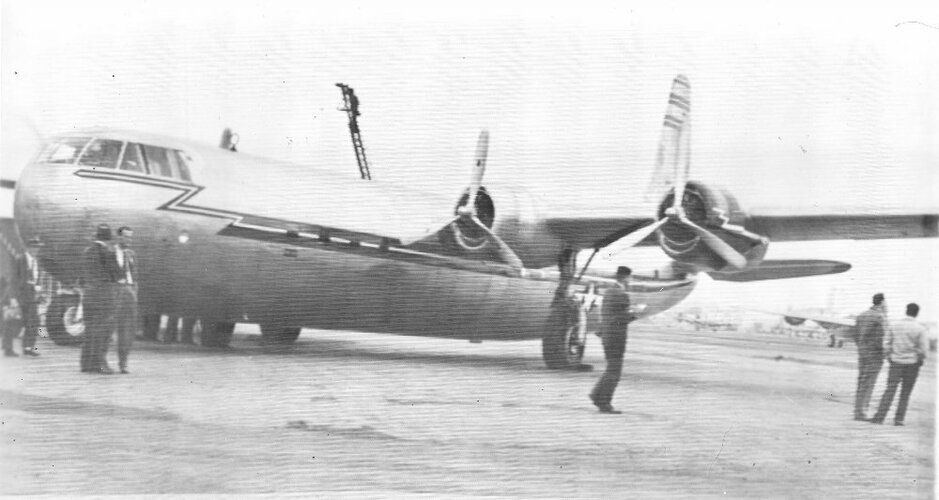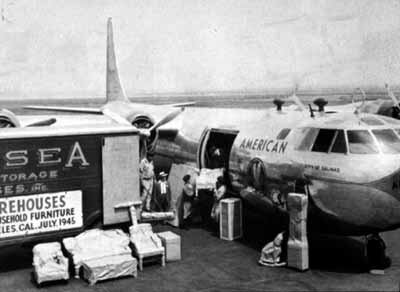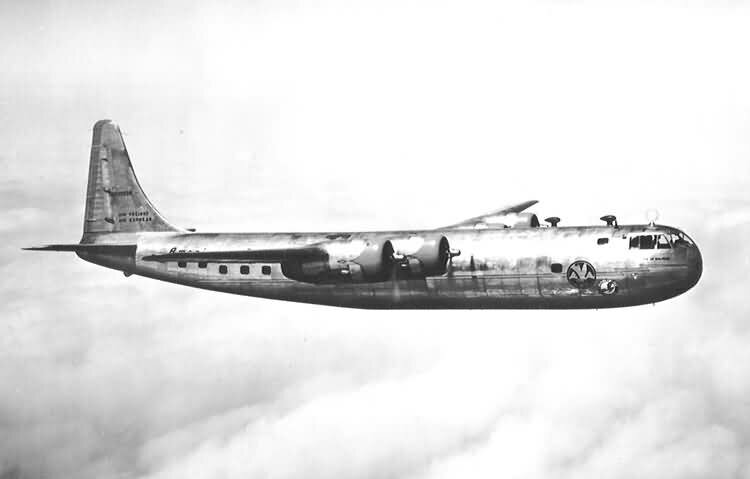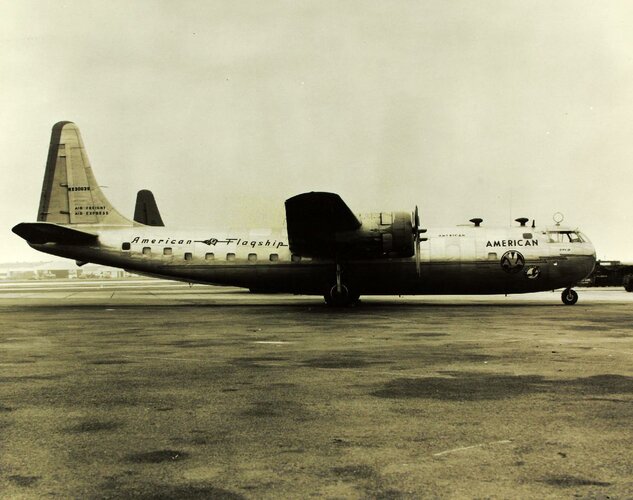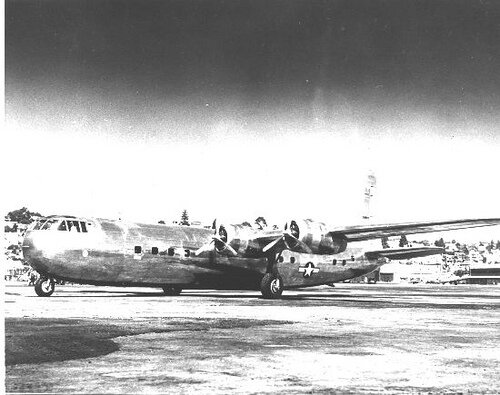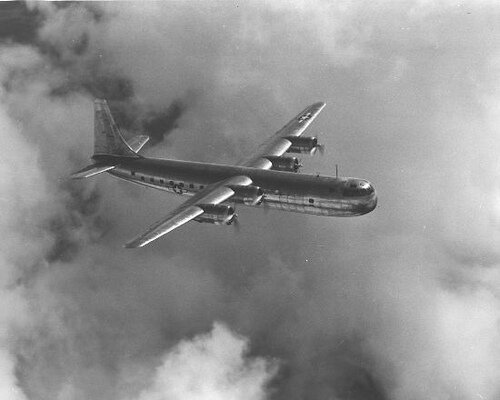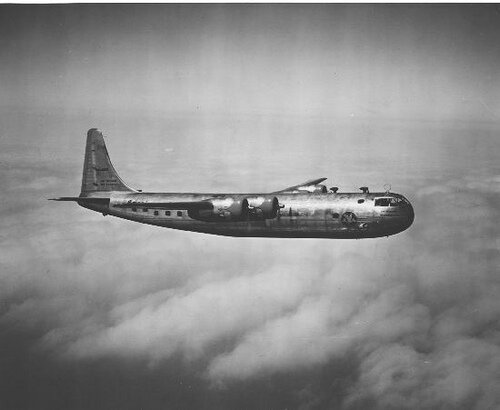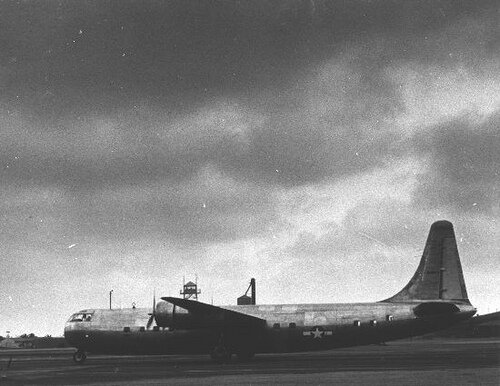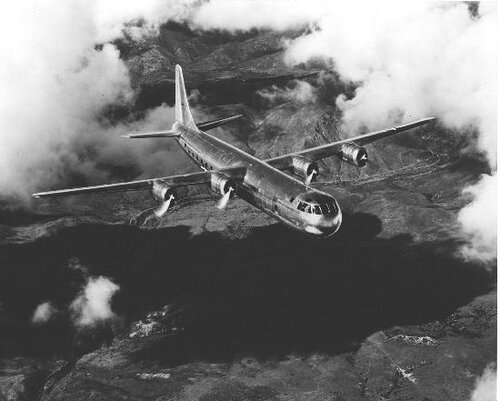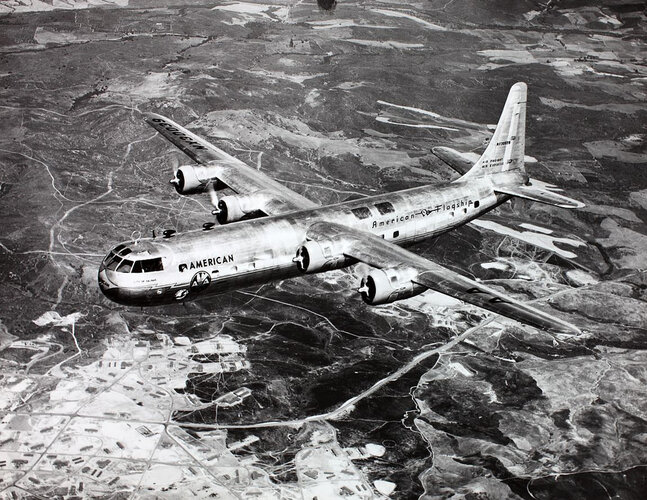The single finned Liberator / Privateer models can be traced back to wind tunnel testing by Consolidated in 1942 and then trials by Ford in early 1943 leading to the XB-24K. The USN decision to proceed with the single tailed Privateer predates the USAAF decision to move to the B-24N by some 6 months.
Initially the 3 PB4Y-2 Privateer prototypes flew with twin tails from Sept 1943 (and the first pair with standard B-24 engines). The second was refitted with a C-54 tail and the third (which had the PB4Y-2 engines) with the definitive tall tail which was standard on the production aircraft from March 1944.
One of the early LB-30 Liberator II supplied to the RAF in July 1942 (serial number AL504) and used as a special transport by Churchill, being named Commando, was returned to the US in Sept 1943 and modified with a single tail. It flew again in March 1944 and was lost over the Atlantic near the Azores in March 1945 with no survivors.

en.m.wikipedia.org
So a lot of work had been carried out on the single tailed variants before the USAAF decided that the future was the B-24N in April 1944.

